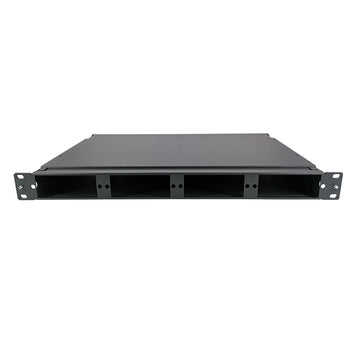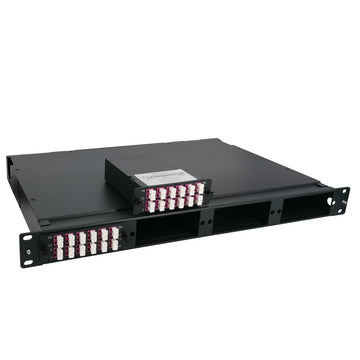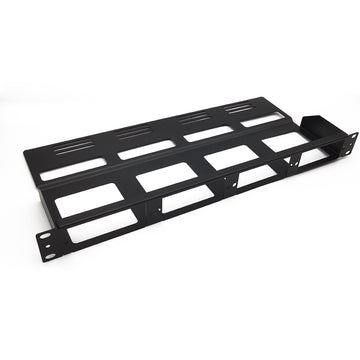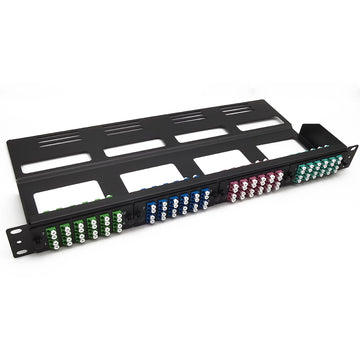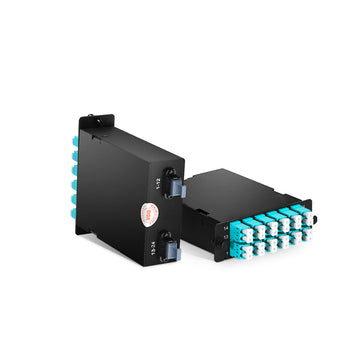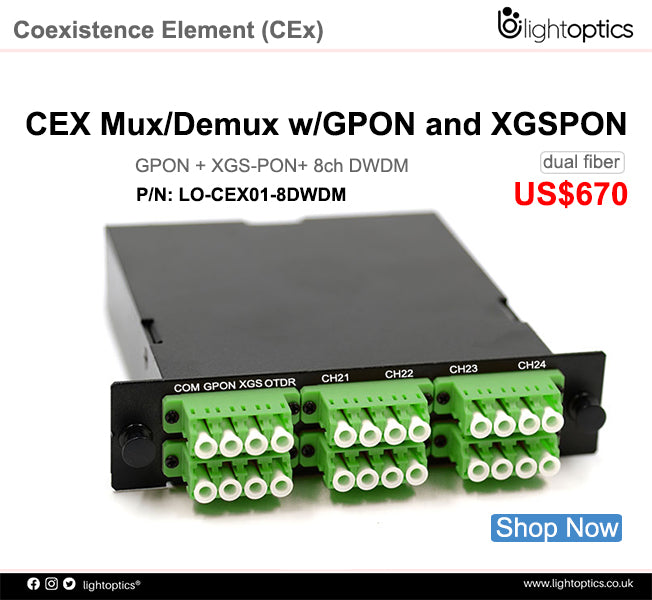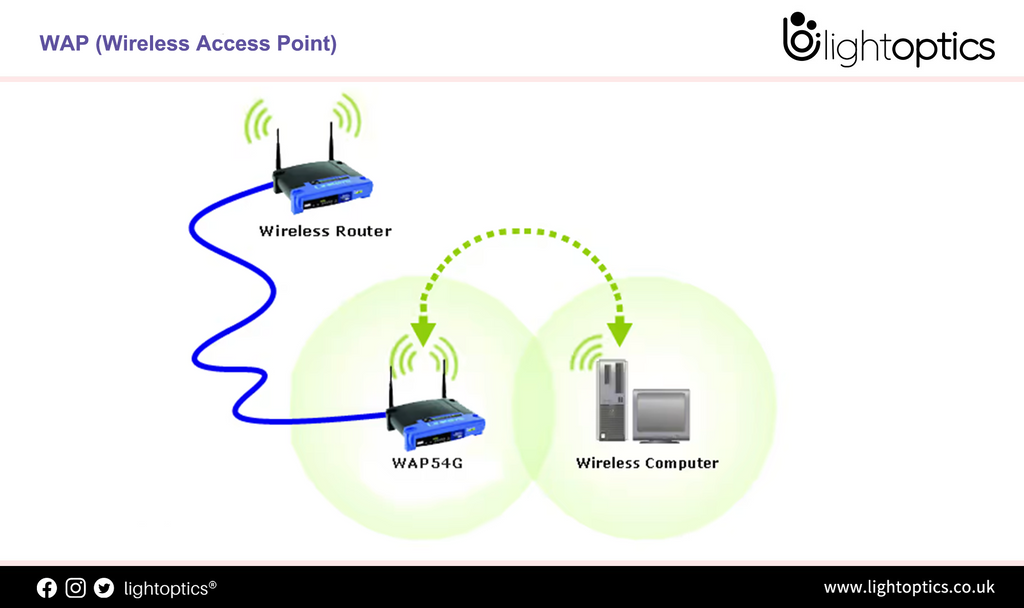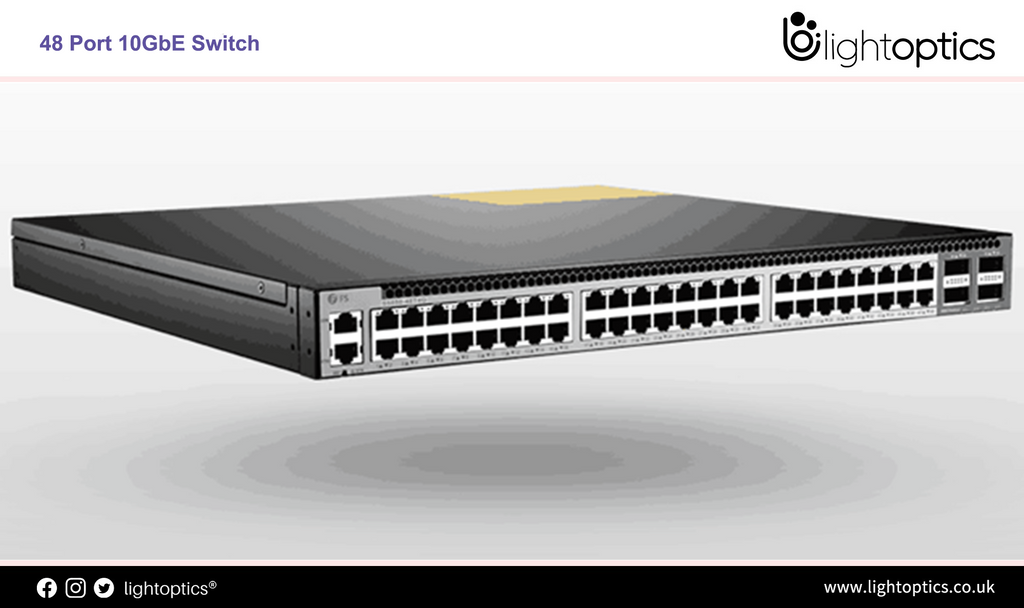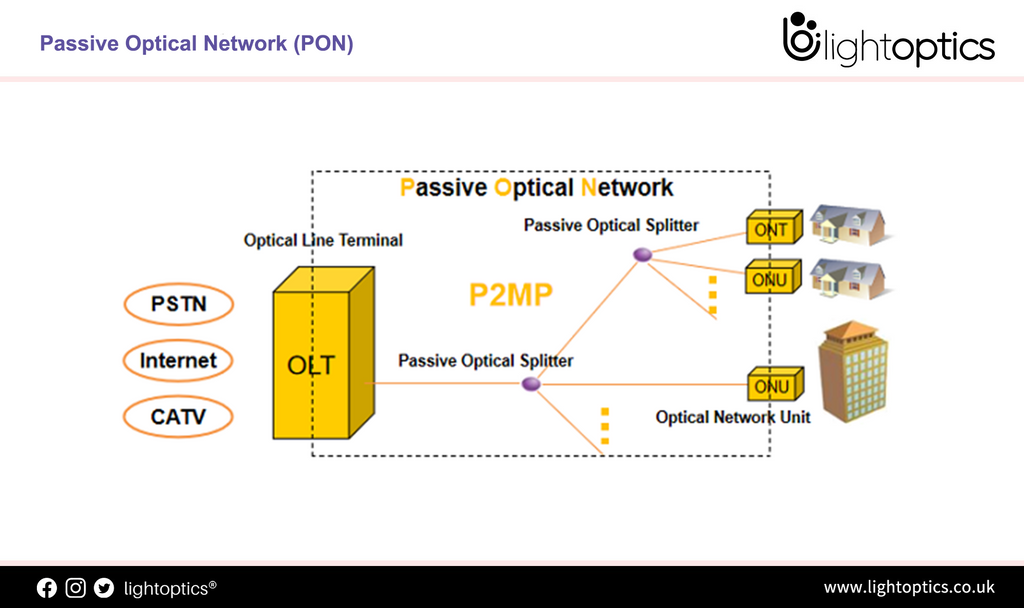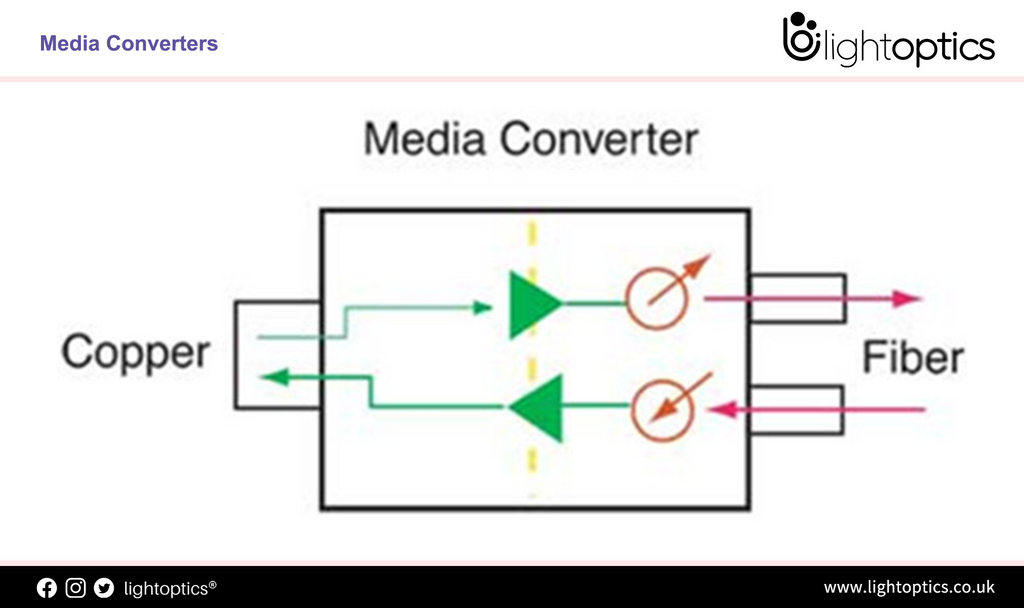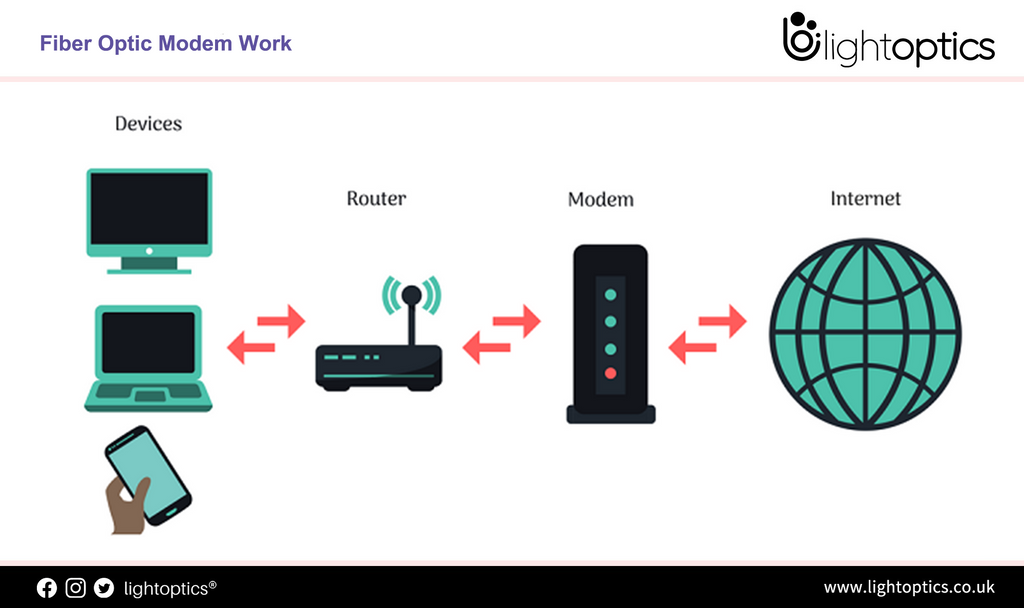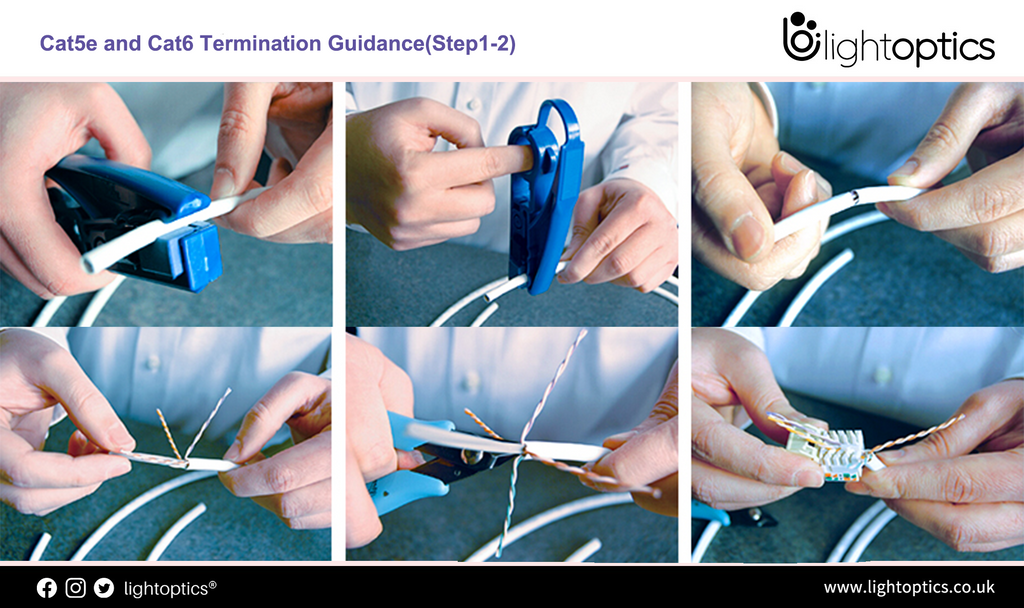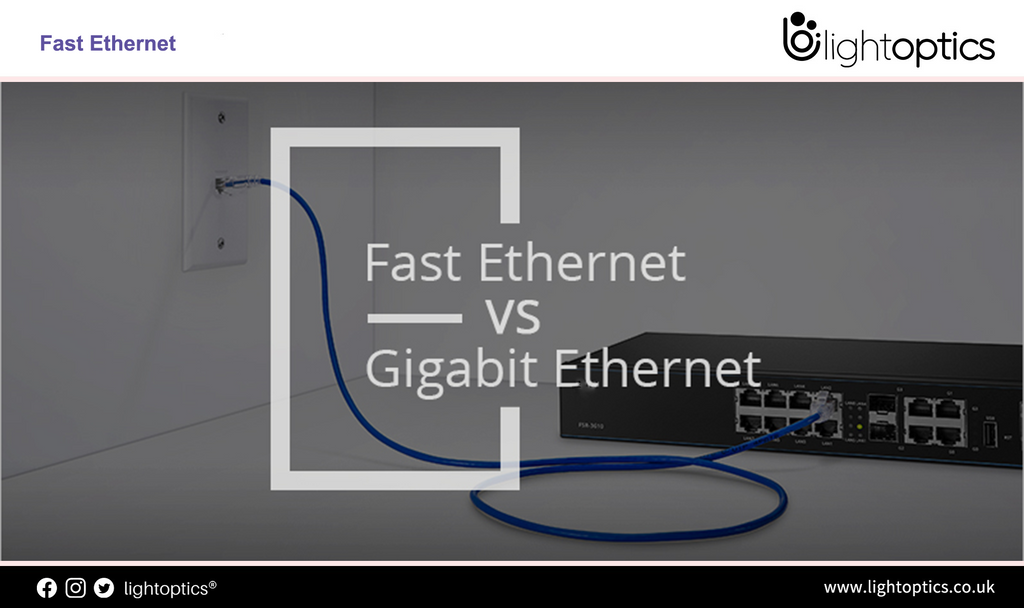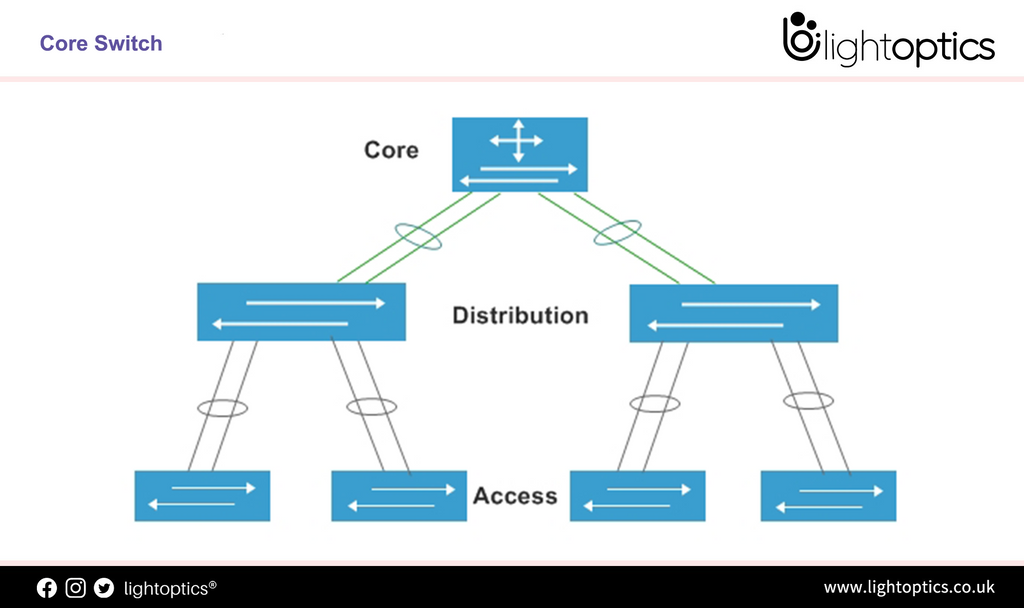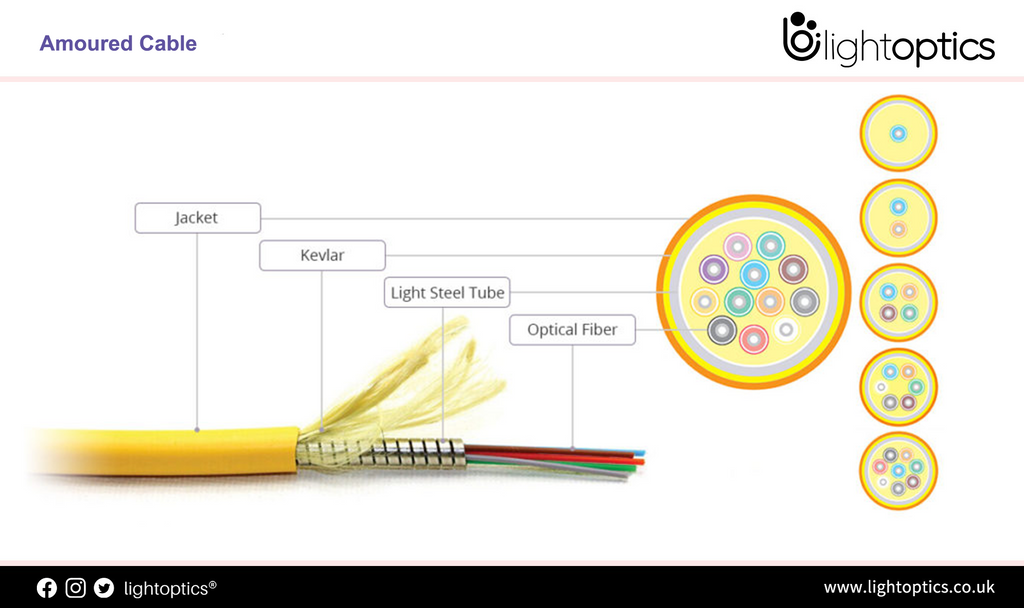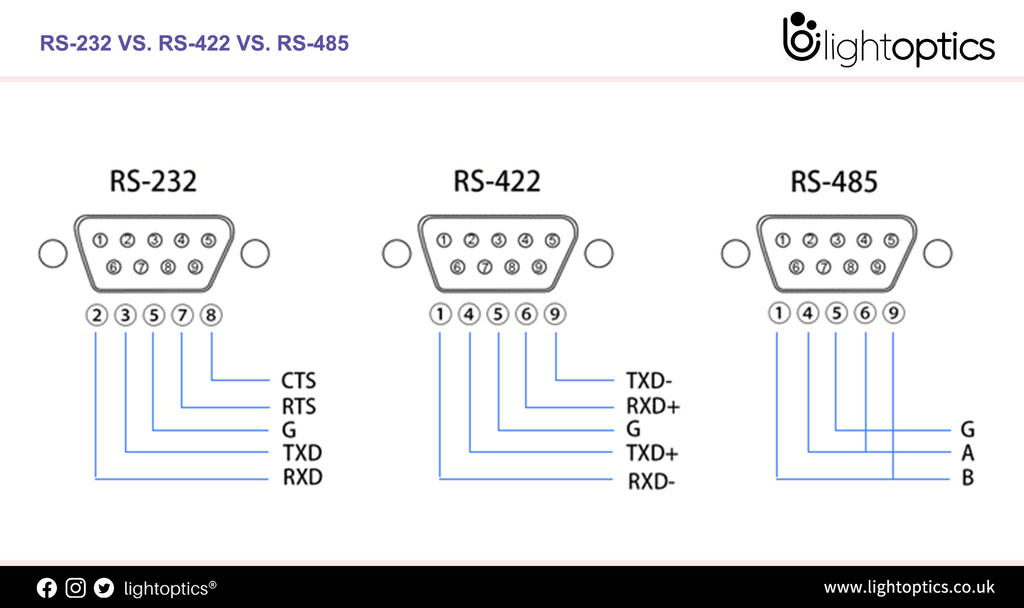-
How to choose Wireless Access Points (WAP)?
How to choose Wireless Access Points (WAP)? Nowadays, as smartphones become more and more convenient, people's demand for the Internet is also increasing. Therefore, the projects of wireless coverage are constantly increasing. At the same time, many people are confused about choosing a wireless access point (WAP). This article summarizes some tips for you to consider when choosing a WAP. What is a WAP... -
48 Port 10GbE Switch: Choose SFP Switch or Copper Switch
48 Port 10GbE Switch: Choose SFP Switch or Copper Switch The advent of big data, virtualization and cloud computing are pushing higher speed network adoption. As such, data center networks are going through a profound change — in which 40GE has become ubiquitous and 10GE a must. Network managers have reaped great benefits by deploying 10G Ethernet switch at the edge of the large... -
What is a passive optical network (PON)?
Introduction of PON PON stands for Passive Optical Network. A PON is a telecommunications network that transmits data over fiber-optic lines. It is "passive" since it uses passive optical splitter to route data sent from a central location to multiple destinations. PONs are used by ISPs and NSPs as a cost-effective way to provide Internet access for customers. Since PON is a point-to-multipoint (P2MP)... -
Which Media Converter Should You Choose?
Which Media Converter Should You Choose? A media converter is a networking device that transparently converts Ethernet or other communication protocols from one cable type to another type, usually copper CATx/UTP to fiber. Media converters are often used in pairs to insert a fiber segment into copper networks to increase cabling distances and enhance immunity to electromagnetic interference. They can also extend LANs, and convert... -
What are Fiber Optic Modems?
What are Fiber Optic Modems? A fiber optic modem (FOM) acts as a connecting interface between an electronic device and an internet network. These modems are different than regular DSL modems because the signal transmission is not via copper cables. It uses a fiber optic cable network to transmit signals. It transforms electronic communication signals via a fiber-optic network. Fiber optic modems (FOM) are... -
Cat5e Termination and Cat6 Termination with RJ45 Keystone Jacks
Cat5e Termination and Cat6 Termination with RJ45 Keystone Jacks Home network DIY is a trend in the IT world, and it is also worth trying by non-professionals. Maybe you've successfully run a cross-connect cable for a telecom network on your own by following some instructions online, or maybe you haven't. This "How To" article covers basic background information, required materials, and specific stamping techniques... -
Difference between Fast Ethernet and Gigabit Ethernet
Difference between Fast Ethernet and Gigabit Ethernet Ethernet is a network communication protocol designed to link network appliances, switches, and routers. Ethernet functions in a wired or wireless network, including wide area networks (WAN) and local area networks (LAN). Advancement in Ethernet technology resulted from various network needs such as system application to both large and small platforms, security issues, network dependability, and bandwidth... -
What Is a Core Switch?
What Is a Core Switch? Network switches are categorized into different types according to different principles, such as fixed switch and modular switch based if you can add expansion module to it, and managed switch, smart switch and unmanaged/dumb switch depending on whether you can configure it and the complexity of the configuration. Another way to classify the type of network switch is by... -
Armoured Cable vs. Unarmoured Cable: What’s The Difference?
Armoured Cable vs. Unarmoured Cable: What’s The Difference? With the rapid development of optical communication, in various environments, more and more fiber optic cables are being used. What if in harsh circumstances? Then ensuring that your cables are operated smoothly and reliably when transmitting data is crucial. That’s where the armored cable comes in. An armored cable is protected from mechanical damage, as its... -
RS-232 VS. RS-422 VS. RS-485: What is the difference?
RS-232 VS. RS-422 VS. RS-485: What is the difference? If you plan to extend your network, the best option is to partly use fiber optics which will not only increase the geographical distance of your network but also enhance the speed and connectivity. You can use serial to fiber media converters which support both Ethernet cables as well as fiber optic cables, so that...
Customer Service: sales@lightoptics.co.uk
Shopping Cart
0
Close
Your Cart
Your cart is currently empty.
